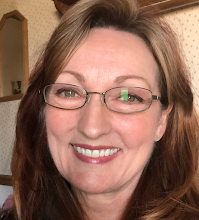Location: Brazil
The Pantanal is one of our planet's most spectacular wetland systems. It is a flat, mineral rich area situated along the northernmost part of the Paraguay River and its tributaries. Rivers in the region become extensively flooded during the rainy season, creating small freshwater marshes (called baias), small saltwater lakes (called salinas), and oxbows (isolated lakes or marshes adjoining the river). Eighty percent (80%) of the Pantanal is located in central and western Brazil. General definition of the word 'pantanal' means 'bog' or 'marsh,' which is a good description of the terrain found there.
Where is it?
The Pantanal is located east of the Andes Mountains, and covers area in three countries; central and western Brazil, and eastern Bolivia and Paraguay. The environment within the Pantanal region is pristine - biologically one of the richest environments left on the planet. Rivers within the region include the Taquari River, Miranda River, Rio Negro and the Cuiaba River, as well as the Sao Lorenzo River, which flows into the Cuiaba River, and Aquidauana River, which flows into the Miranda River. The Paraguay River is the region's only natural drainage.
How big is it?
Depending on the time of year the area of the Pantanal covers between 54,000 square miles and 81,000 square miles. In comparison to familiar places in the U.S. the Pantanal is about 10 times larger than the Florida Everglades - making it about half the size of California - just about the same size as the State of Utah.
What is the weather like?
The Pantanal has two seasons: a wet season from roughly October to March, and a dry season from April to September. About 80 percent of the rain falls during the wet season. An average rainfall of 10 inches during the month of January alone is typical in the northern part of the basin.
Who lives there?
Not many people live in the region of the Pantanal. Most inhabitants are either four legged, finned or winged. In the Pantanal there are 230 species of fishes, 658 species of birds, 80 species of mammals, 50 species of reptiles and 25 species of flies.















































